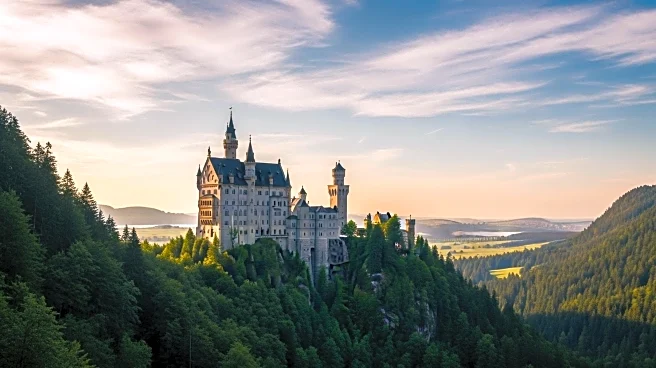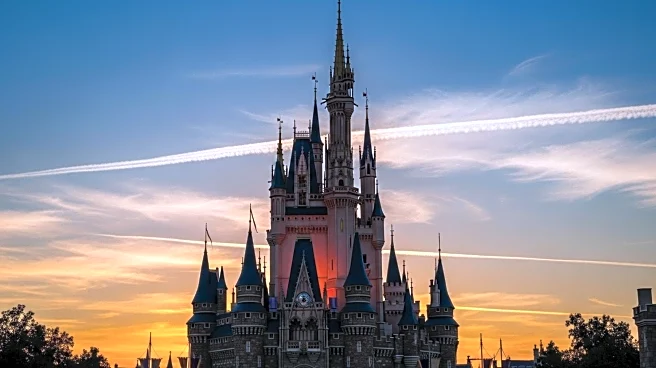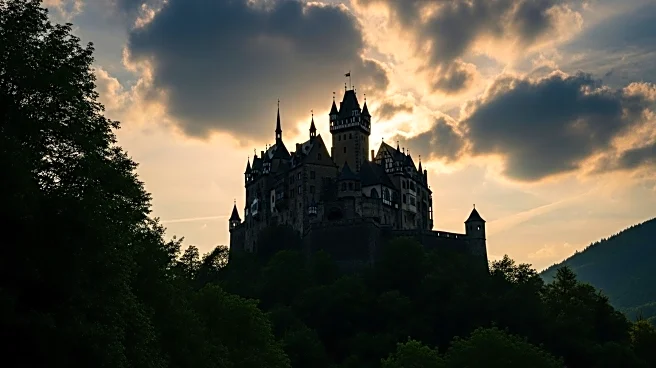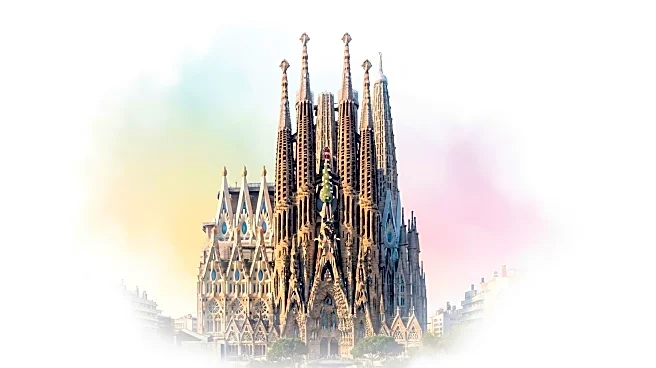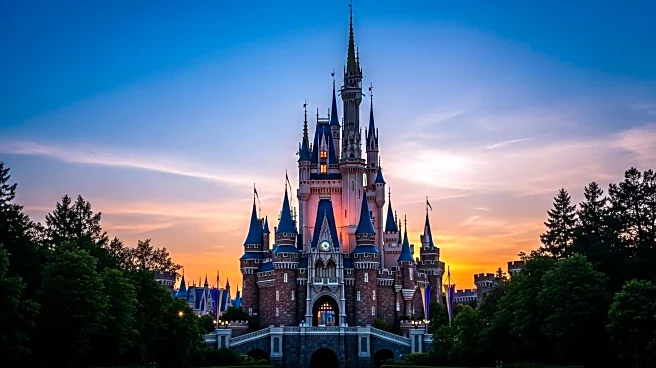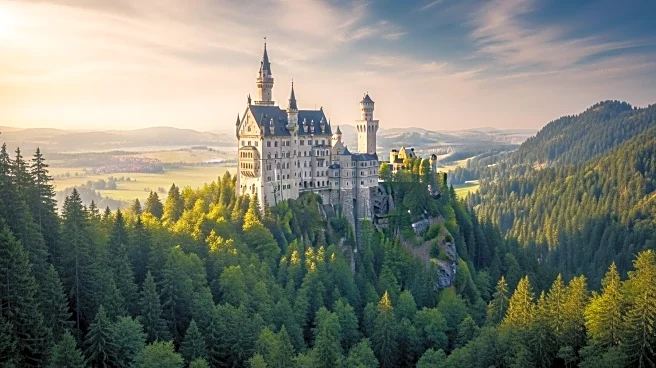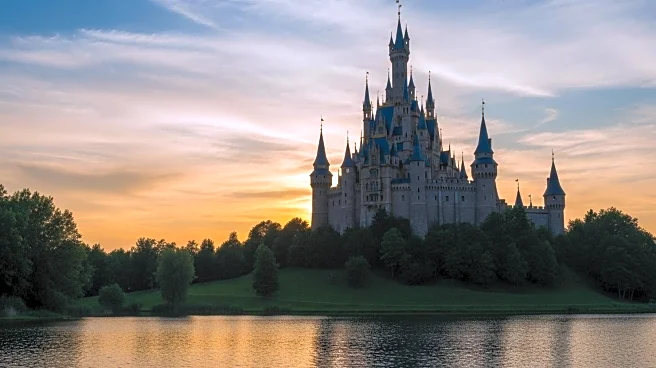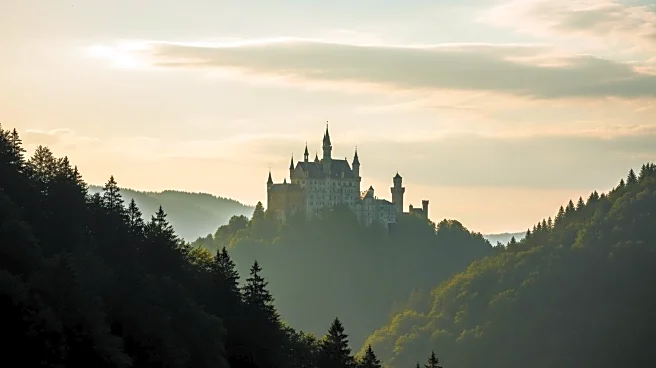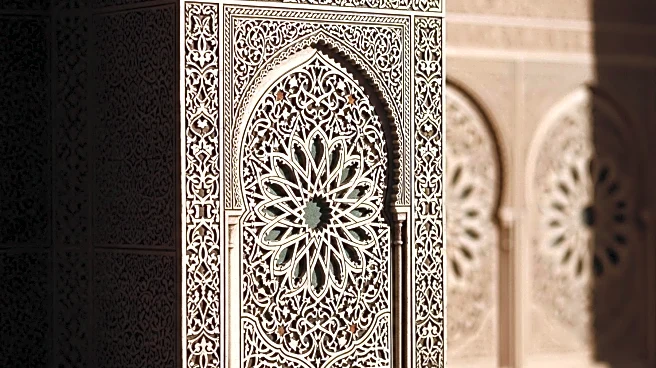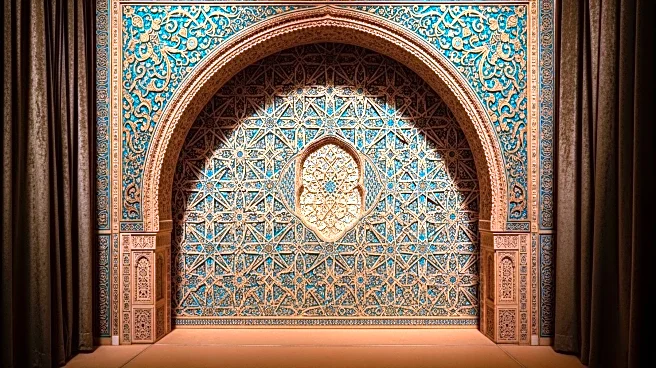Neuschwanstein Castle, perched on a hill in Bavaria, Germany, is a masterpiece of 19th-century architecture and a symbol of romanticism. Commissioned by King Ludwig II, the castle was designed as a tribute to Richard Wagner and features a blend of Romanesque Revival style and fairy-tale elements. Its construction involved innovative techniques and materials, making it a marvel of its time.
Core Facts
Neuschwanstein Castle was commissioned by King Ludwig II in 1869 and is located near Füssen in Bavaria, Germany. The castle's architectural style is Romanesque Revival, characterized by its dramatic towers and intricate interiors. It was designed by architects Christian Jank, Eduard Riedel, and Georg von Dollmann, and stands at an elevation of 940 meters above sea level.
Notable Details
One of the most notable details of Neuschwanstein Castle is its dedication to composer Richard Wagner, reflecting Ludwig II's admiration for Wagner's operas. The castle's design incorporates elements inspired by Wagner's works, creating a unique blend of art and architecture. Additionally, the castle's construction was funded by Ludwig's personal fortune and extensive borrowing.
Comparisons and Contrasts
Neuschwanstein Castle is often compared to other fairy-tale castles, such as those depicted in Disney films. Its design and location set it apart from traditional medieval castles, offering a romantic and fantastical interpretation of castle architecture. The castle's influence on popular culture is evident in its inspiration for Disney's Sleeping Beauty Castle.
Key Data Points
Neuschwanstein Castle covers an area of 0.85 hectares and has a height of 65 meters. It is part of the UNESCO World Heritage Site buffer zone, which spans 2,114 hectares. The castle attracts over a million visitors annually, making it one of Germany's most popular tourist destinations.
 Discover Daily • 8 min read
Discover Daily • 8 min read 